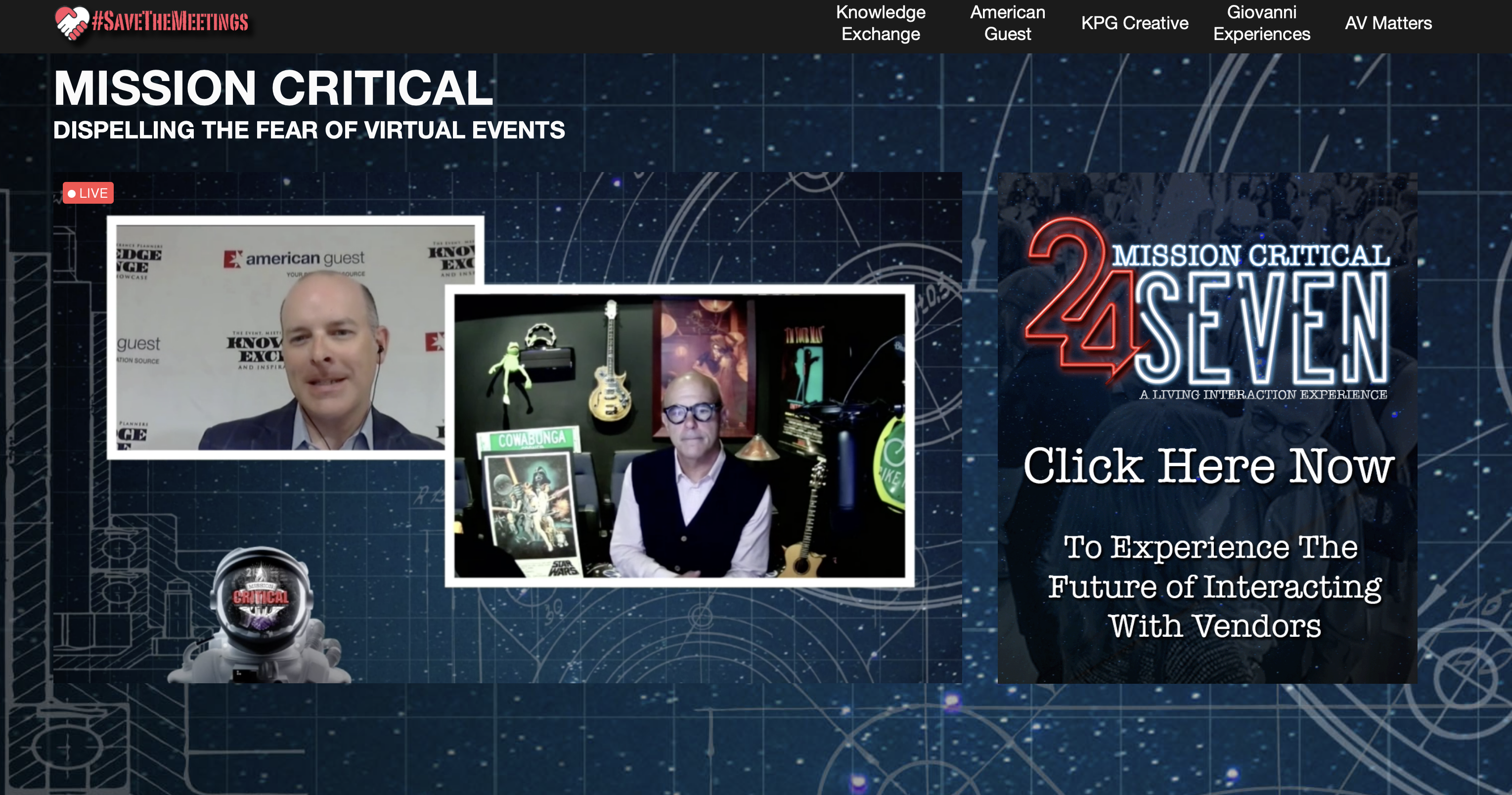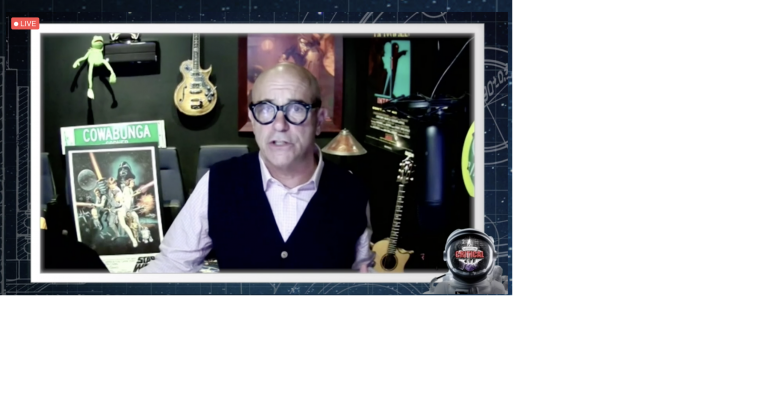By the time Microsoft announced in early April that all its internal and customer events through June 2021 would be conducted virtually, the firm’s global events team had snuffed out any self-doubt about what they had to do and whether they could do it.
Before the announcement, “we saw that our team was simply grinding towards inaction because for every live event we were saying, ‘Should we be building a backup plan too?’ So it seemed clear that the only way through this landscape was to be radical—just swim right into the storm and forget about live events, and say ‘This is the year when we work on being masters at the digital medium,’” said Bejan, the firm’s corporate vice president of global events, production studios, and marketing community, during The Knowledge Exchange’s recent events-industry webinar titled Mission: Critical. “A few days later, we were looking at all the data about the big economic contraction that was coming and we did a quick calculation about operating expenses. We realized we could probably save a couple hundred million dollars this year as we focus on getting better at digital delivery. That decision just refocused us and let us release our creativity and innovation in one direction.”
“We all must accept that there will be a considerable period of time when we simply won’t have a live option,” Bejan added. As a result, “everyone on the team has to learn new skills—they will have to know how to do project management and production, and walk this new path of what I consider more as interactive television than live events.”
Specifically, the new skill set requires “learning how to move from a theatrically staged experience to a cinematically staged experience. The audience is no longer right in front of you and that requires changes of process and habit. For instance, we changed the name of our team gatherings from ‘core production’ meetings to ‘writers room’ meetings to trigger in everyone’s minds that we are working in a different medium. Your people will be spending time in video control rooms and studios for your more sophisticated events.”
A Constant Learning Curve
For one of the first large digital events Microsoft did—in March, even before the decision was made to go fully virtual until mid-2021—"we had almost as many breakouts as we do for in-person events, and we learned a lot from that,” Bejan said. For instance, “while multi-day destination-based events must have enough original content to justify the admission price, people don’t have the tolerance to absorb information online in the same way they do in person. So instead of having a big body of content and all those breakouts, the online event should be more of a kick-starter for your audience to keep engaging and learning over the rest of the year. You don’t have to build five days’ worth of content; our large-scale virtual events now have about 70 sessions, and we push them out on a 24-hour cycle so they are seen during business hours in different markets around the world. Each session is only about 30 minutes, and they deliver the newest information that is important but also deliver a road map towards other materials and other courses—the stuff we want you to do across the other 360 days of the year.”
 Bejan believes that the most important element for successfully transforming a live event to virtual is “to accept that you cannot simply transpose a live event’s approach and format into the digital world.” Besides the challenges around attendees’ ability to absorb information, “technology doesn’t do a good job of replicating expo floors and booths, no matter how many companies are out there trying to build that functionality.”
Bejan believes that the most important element for successfully transforming a live event to virtual is “to accept that you cannot simply transpose a live event’s approach and format into the digital world.” Besides the challenges around attendees’ ability to absorb information, “technology doesn’t do a good job of replicating expo floors and booths, no matter how many companies are out there trying to build that functionality.”
“You don’t want to be creating something that you can’t do as well as the original, because it just reminds all your customers and attendees of the thing they don’t have and what is missing,” Bejan added. “The idea is to reinvent your programming by embracing the strengths of the digital medium and leveraging the things it does well. That is a hard thing for many event planners to do, because the intellectual and emotional triggers of live events are so ingrained in us. Our team is constantly working on breaking out of those constraints.”
Even so, Bejan feels there will be a role that hospitality suppliers can play with events, perhaps by Q2 of 2021. “The mindset of venues has to shift from hosting events of a few thousand people to small-scale local execution; small groups are going to the first to come back to the in-person medium. So how can a venue turn a ballroom into something that is part of a larger online event? Venues should not focus on being spotlessly clean in the hopes of getting a 1,000-person event, because it really feels as if events of that size are a lot farther away. Make your destination a draw again, but for smaller meetings that complement the digital medium.”
As for Microsoft’s approach to its virtual events set to take place through June 2021, when the company might resume some in-person events, Bejan said that “we feel we are learning so much and getting better with every event we do. We looked at the data and feedback from two big events we did in the past month, and it shows we are moving in the right direction. The next year is basically laid out for us because we have the structure and architecture for what we think the events should be—what pieces are needed to put them together, and how much can we experiment with those pieces and improve the process and better define everyone’s roles in interactive event programming and execution.”





